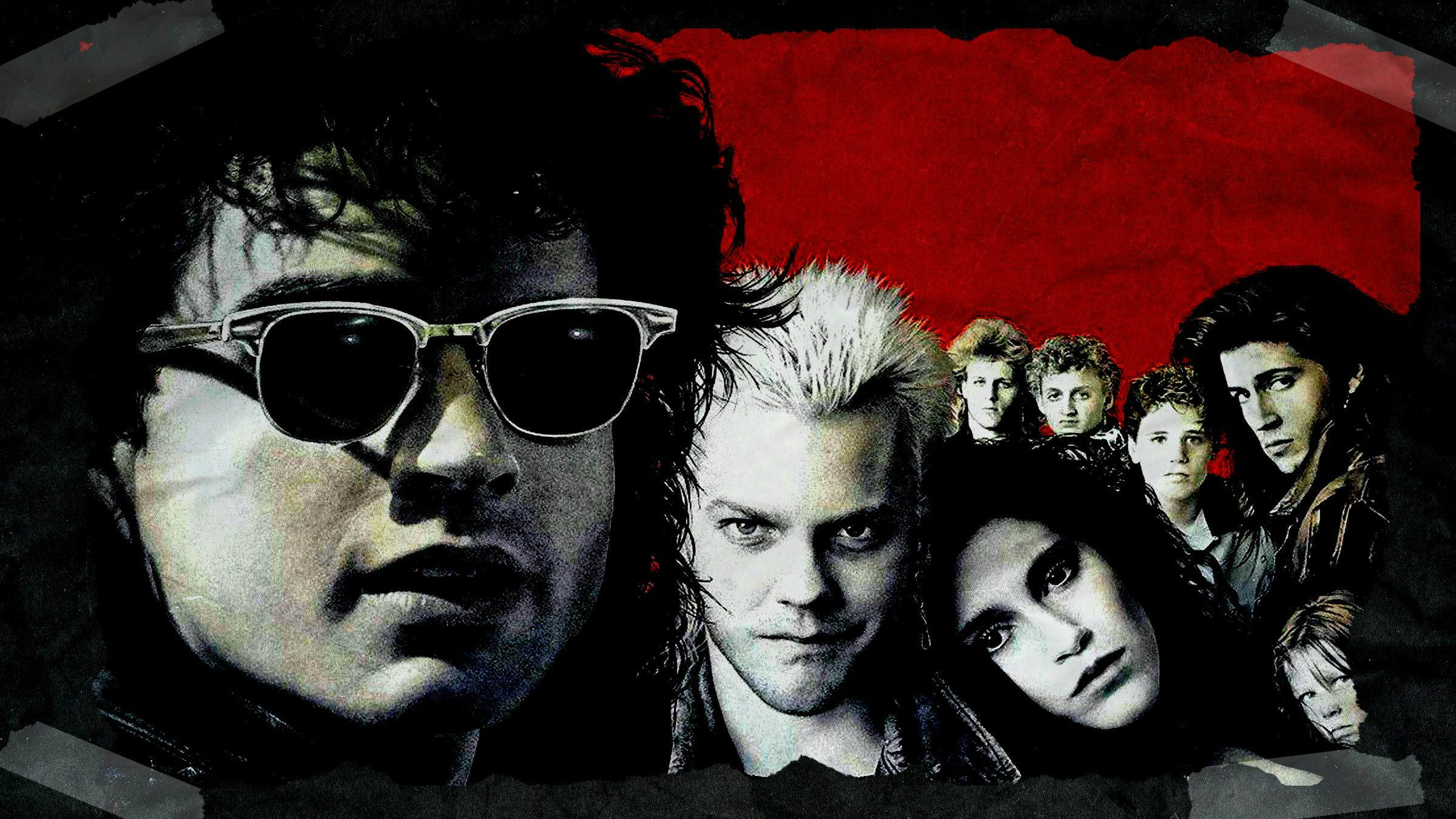Capello's scene also speaks to goth's outsider status in the hard rock- and heavy metal-inundated world of the ’80s. The crowd at Tim's beachfront concert is full of headbanging metalheads, fist-pumping punks, and swaying hippies… but it's only when Michael wanders away from the show, following Star to the dark edges of the boardwalk, that he meets the pale kids in black.
But of the songs on the Lost Boys soundtrack, it’s Gerard McMann’s Cry, Little Sister - Theme From Lost Boys that best represented the film. Its mixture of echoing electronica, sexual heat, and religious children’s chorus are what not only made it the movie's most important song, but also turned it into a radio hit.
'But does this count as real goth?' purists might ask. 'Where’s the lace, and the industrial beat, and the lyrics about Percy Shelley becoming a cyborg in the Paris sewers?' And the answer is, well, yes, The Lost Boys and its soundtrack are definitely a mainstream understanding of goth culture. They served as a gateway to the genre more than anything, illustrating the sex appeal of death rock and how goth overtones could make pop tunes more exciting. But its presentation of these elements in a film that won over millions while still bringing the old-school vampire horror makes it uniquely situated to draw both entrenched goths and uninitiated fans under one leathery wing.
Like all good things that make money, The Lost Boys soon became a confused franchise. The film spawned several direct-to-video sequels, director Joel Schumacher went on to make the two most reviled Batman movies in the character's history, and vampire cinema became the realm of sparkly teen heartthrobs and nameless action movie monsters. But with this film, the underground’s most flamboyant and often misunderstood genre was given a chance to soar into the homes of everyday audiences. It might have taken a campier shape than most true goths would've liked, but as any vampire will tell you, sometimes you have to put on a pretty face to get your victims close enough to bite.
